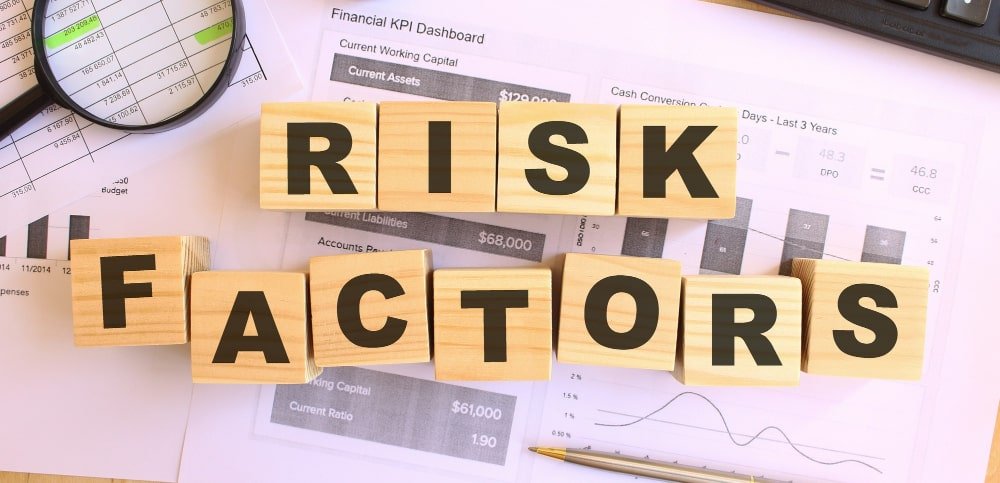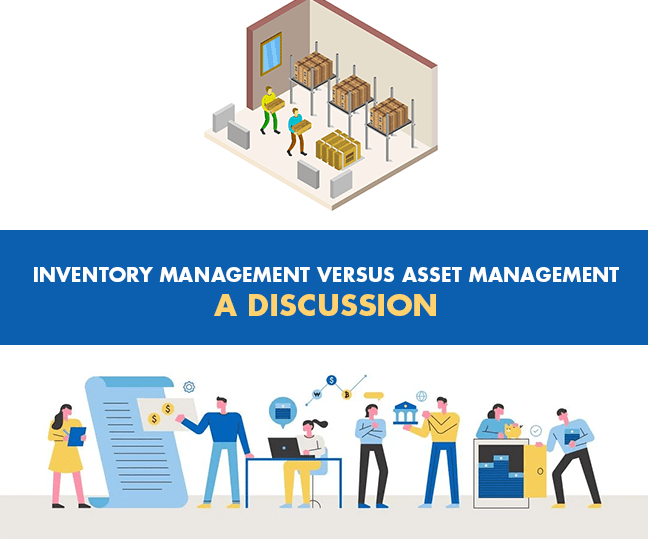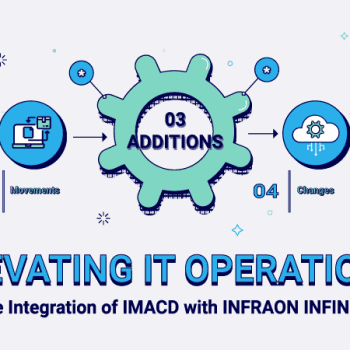Effective asset management reporting is crucial for organizations aiming to optimize resource utilization, minimize costs, and maintain operational efficiency.
Central to this process is robust reporting, which provides actionable insights into asset performance, utilization, and lifecycle management. This blog delves into the significance of reporting in asset management, exploring various report types, key components, benefits, and future trends.
Related Blog: A Comprehensive Guide to IT Asset Management

Introduction: The Role of Reporting in Asset Management
Asset Management involves systematically tracking and maintaining an organization’s assets to maximize their value and ensure optimal performance. Reporting plays a pivotal role in this process by offering detailed analyses and summaries that help make an informed decision. Comprehensive asset management reports enable organizations to monitor asset health, plan maintenance activities, and align with industry standards and trends. By adhering to established protocols, businesses can ensure compliance and stay competitive in the evolving asset management landscape.
Types of Asset Management Reports
Understanding the various types of asset management reports is essential for comprehensive asset oversight.
Asset Inventory Report
An asset inventory report provides a comprehensive list of all assets owned by an organization, detailing their location, status, and other pertinent information. This report is fundamental in understanding asset availability and ensuring accurate record keeping. Regularly updating the asset inventory report helps in tracking asset movements, planning for replacements or upgrades, and verifying the organization’s asset holdings.
IT Asset Management Audit Report
IT Asset Management Audit Reports focus on the organization’s IT assets, assessing compliance with licensing agreements, security policies, and regulator requirements. These reports are crucial for identifying unauthorized software installations, ensuring adherence to security protocols, and mitigating risks associated with IT asset management. Regular IT audits help in maintaining system integrity and protecting sensitive information.
Performance and Utilization Reports
Performance and utilization reports analyze how effectively assets are being used over time. They provide insights into asset performance metrics, utilization rates, and potential areas for optimization. By reviewing these reports, organizations can identify underutilized assets, schedule preventive maintenance, and make informed decisions about asset deployment to enhance efficiency.
Key Components of Asset Management Reports
Effective asset management reports should encompass several critical elements:

- Asset Identification: Unique identifiers for each asset, such as serial numbers or asset tags, to ensure precise tracking.
- Asset Description: Detailed information about the asset, including make, model, purchase date, and specifications.
- Location Data: Current and historical location information to monitor asset movements and utilization.
- Condition and Maintenance History: Records of asset condition assessments and maintenance activities to predict future performance and plan maintenance schedules.
- Financial Details: Information on asset costs, depreciation, and residual value to inform financial planning and budgeting.
Including these components ensures that asset management reports provide a holistic view of the asset portfolio, facilitating informed decision-making.
Benefits of Effective Asset Reporting
Implementing robust asset reporting mechanisms offers numerous advantages:
- Improved Decision-Making
Accurate and comprehensive reports provide the data needed to make informed decisions regarding asset acquisition, utilization, and disposal. This leads to better resource allocation and strategic planning.
- Cost Efficiency
By identifying underutilized or obsolete assets, organizations can reduce unnecessary expenditures and allocate resources more effectively, leading to significant cost savings.
- Enhanced Compliance
Regular reporting ensures that the organization adheres to industry regulations and internal policies, thereby avoiding legal issues and potential fines.
- Risk Mitigation
Through detailed reporting, potential risks such as equipment failures or security vulnerabilities can be identified early, allowing for proactive measures to mitigate them.
The Role of Asset Management Reporting Software
Advancements in technology have revolutionized asset management reporting. Modern asset management software automates data collection and report generation, reducing manual errors and saving time. Features such as real-time tracking and automated alerts, and customizable reporting templates enhance the accuracy and relevance of reports. For instance, Infraon’s asset management solutions offer comprehensive reporting capabilities, providing detailed insights into asset performance and facilitating informed decision-making.
Reporting Requirements in Asset Management
Organizations should adhere to specific reporting requirements to ensure compliance and optimal performance. These requirements may include:
- Regulatory Compliance: Ensuring reports meet industry-specific regulations and standards.
- Financial Reporting: Providing accurate financial data related to assets for budgeting and auditing purposes.
- Operational Reporting: Delivering insights into asset performance and maintenance activities to support operational efficiency.
Meeting these requirements is essential for maintaining transparency, accountability, and efficiency in asset management.
Future Trends in Asset Management Reporting
The landscape of asset management reporting is evolving with emerging trends and shaping its future:
- Integration of AI and Machine Learning
Artificial intelligence and machine learning are increasingly being integrated into asset management systems to enhance predictive analytics, automate routine tasks, and provide deeper insights into asset performance.
- Evolution of Industry Standards
As the asset management industry matures, reporting standards are becoming more stringent, emphasizing transparency, accuracy, and timelines. Organizations must stay abreast of all these changes and updates to remain compliant and stand out from their competition.

Conclusion: Empowering Asset Management Through Reporting
Robust reporting is indispensable for effective asset management, providing the insights necessary to make informed decisions, cost efficiency, compliance, and risk mitigation. By leveraging advanced reporting tools and adhering to evolving industry standards, organizations can optimize their asset management strategies and achieve operational excellence. Infraon’s comprehensive asset management solutions exemplify the integration of advanced reporting capabilities, empowering businesses to manage their assets more effectively.



















